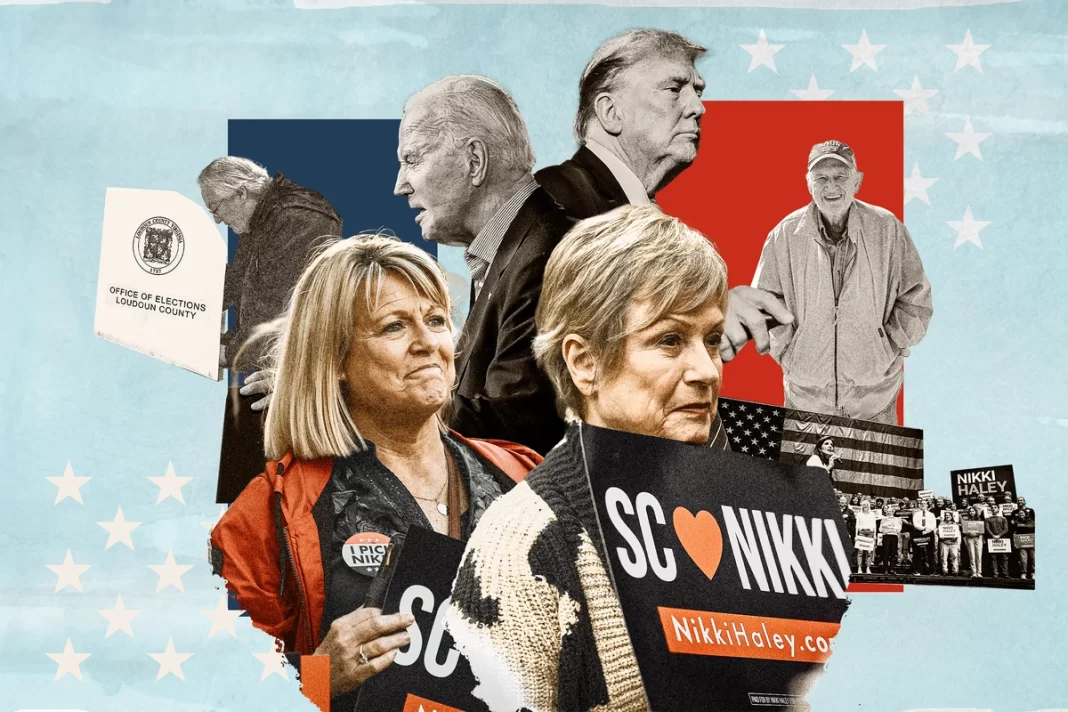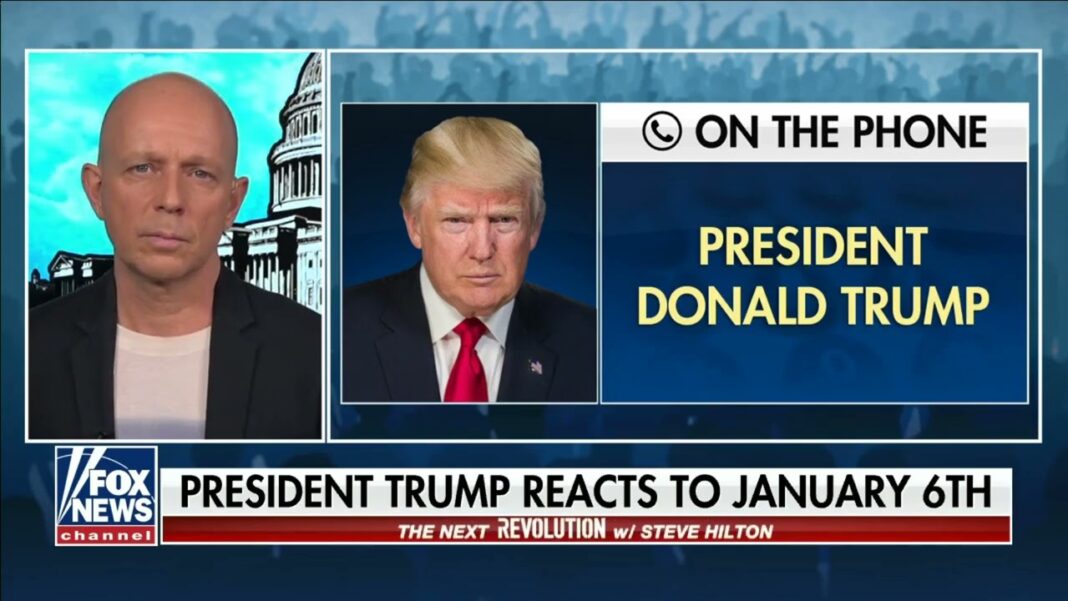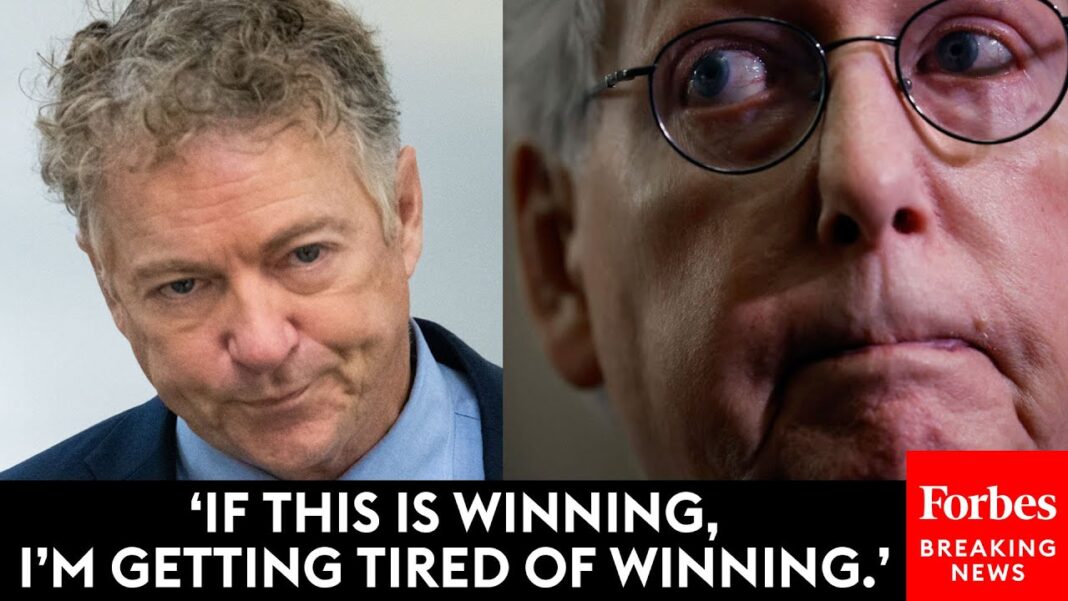As Nikki Haley exits her campaign, it’s time to look at who her supporters are and who is most likely to win them over by November.
Before the lights dimmed on Nikki Haley’s farewell speech to supporters, the two presumptive major-party nominees began to court her supporters.
As Ms. Haley was about to formally announce her exit from the presidential race, President Trump wrote on social media that he would “like to invite all of the Haley supporters to join the greatest movement in the history of our Nation.”
President Joe Biden also opened the door.
“Donald Trump made it clear he doesn’t want Nikki Haley supporters,” President Biden said in a statement, referring to a comment by President Trump that donors who kept giving to the Haley campaign would be permanently barred from the MAGA movement.
“I want to be clear: There is a place for them in my campaign,” President Biden wrote.
Media outlets have often reported on Ms. Haley’s strength in the suburbs, among independent voters, and among voters with a college degree or higher. These reports imply that Ms. Haley has a sizable hold on undecided voters or those uncommitted to either President Biden or Trump.
However, is that the case? How many of her primary voters would have ultimately voted for President Joe Biden in the general election anyway? And how many of those self-identified independents are still undecided?
The Epoch Times has combed through the Edison Research exit poll data in New Hampshire, South Carolina, North Carolina, California, and Virginia. The exit data was commissioned by a consortium of media outlets, which used it to compare President Trump and Ms. Haley and showcase her strengths.
However, a different picture emerges when the focus is on Ms. Haley’s voters alone.
Demographics
Ms. Haley has a much higher percentage of independents and Democrats among her supporters, based on exit polls in the five states mentioned above.
Compared to the overall Republican primary voter makeup, Ms. Haley’s voters tend to contain a larger share of self-identified independents and Democrats, consistent with the types of primary contests in the various states.








